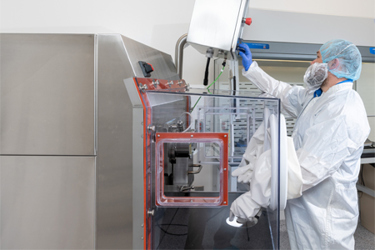Pushing The Boundaries Of Drug Development: Is Lipinski's Rule Of Five Still Relevant?
By Dave Miller, Ph.D., AustinPx Pharmaceutics and Manufacturing

AI tools and machine learning have prompted the drug discovery’s most recent paradigm shift, enabling researchers to build compounds in-silico, without the constraints of the physical realm. Docking experiments establishing the binding efficiency of these novel molecules to the target site are also conducted in-silico. Molecules emerging from this paradigm are deviating even further from the historical context of drug-like properties.
Additionally, numerous modern drugs violate multiple Ro5 elements, yet developers were able to find a development pathway, often using amorous solid dispersion approaches. Conversely, some molecules adhere to every element of the Ro5, but their properties are not conducive to development: they may be insoluble in all solvents, aqueous and otherwise, and/or they exhibit ultra-high melting temperatures.
The KinetiSol process accommodates high-temperature melters without issue and solvent solubility is irrelevant to the process. Compared to other technologies, KinetiSol formulations typically result in superior bioavailability, smoother planning and execution of manufacturing, and a significantly reduced environmental impact. Drug developers now can select compounds for development based largely on SAR, rather than balancing activity against drug-like properties.
Get unlimited access to:
Enter your credentials below to log in. Not yet a member of Outsourced Pharma? Subscribe today.
